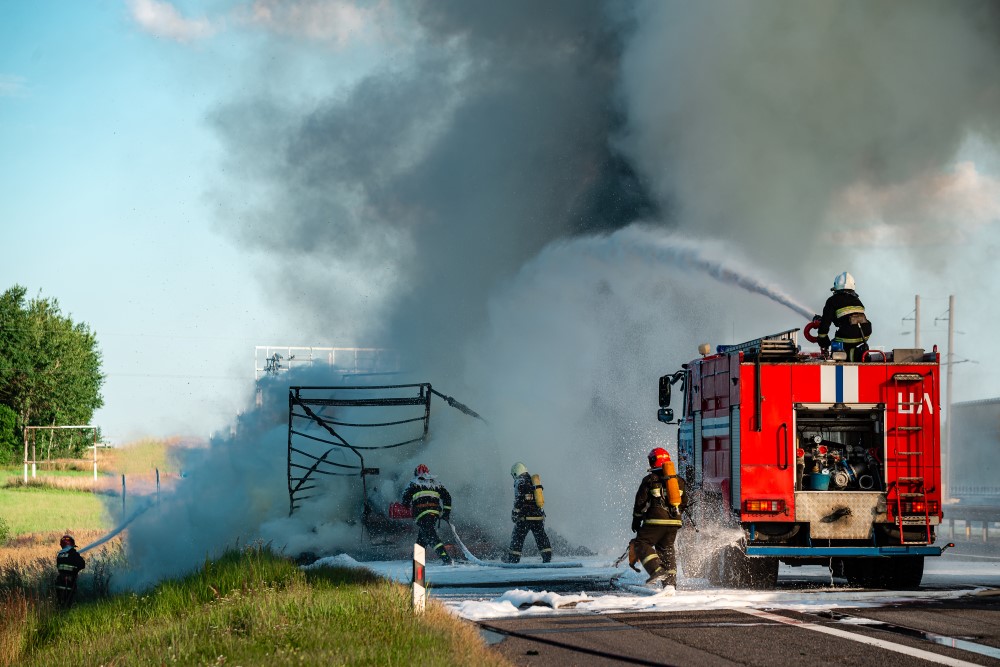
The Southeast United States, renowned for its rich biodiversity, picturesque landscapes, and vital waterways, has been increasingly facing the environmental and public health threats posed by fuel spills. These incidents, ranging from minor leaks to major spills, have significant consequences for the region’s ecosystems, communities, and economies.
The Scope of the Problem
Fuel spills in the Southeast United States have been occurring with alarming frequency. According to the U.S. Environmental Protection Agency (EPA), the region has seen a steady rise in incidents involving the transportation, storage, and handling of petroleum products. Major incidents, such as the Colonial Pipeline spill in North Carolina in 2020, which released over a million gallons of gasoline, highlight the severe impact these events can have.
Environmental Impact
The environmental consequences of fuel spills are far-reaching. The Southeast is home to numerous sensitive ecosystems, including wetlands, estuaries, and coastal areas, which are particularly vulnerable to contamination. Fuel spills can lead to:
Economic and Health Consequences
The economic impact of fuel spills is substantial. Clean-up efforts are costly and can drain local resources. Moreover, tourism, a significant industry in many Southeast states, can suffer due to environmental degradation and negative publicity. The fishing industry is also vulnerable, as spills can lead to long-term declines in fish populations and contamination of seafood.
Public health is another critical concern. Exposure to fuel spills can cause acute and chronic health issues, including respiratory problems, skin irritation, and long-term conditions such as cancer due to prolonged exposure to hazardous chemicals.
Response and Mitigation
Addressing fuel spills requires a multi-faceted approach involving prevention, rapid response, and long-term mitigation strategies:
Moving Forward
Preventing and mitigating fuel spills in the Southeast United States is a complex challenge that requires coordinated efforts from government agencies, private companies, and local communities. By prioritizing environmental protection, public health, and economic stability, the region can work towards a future where fuel spills are minimized and their impacts are swiftly addressed.
The ongoing commitment to monitoring, regulation, and community involvement will be key to safeguarding the Southeast’s precious natural resources and ensuring a healthy environment for future generations.